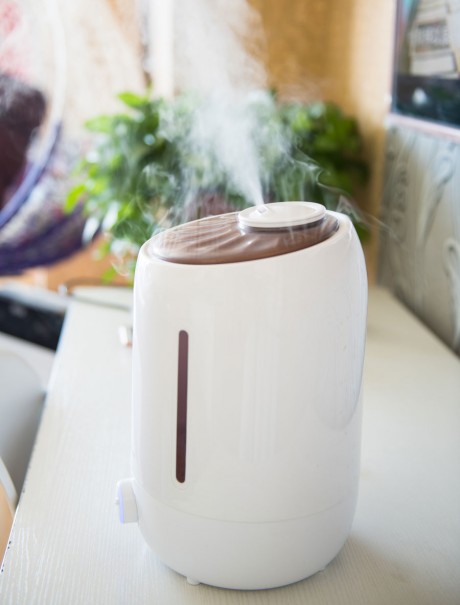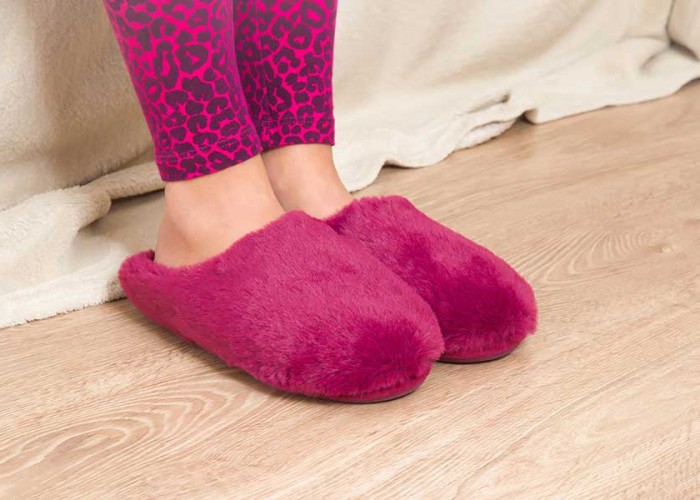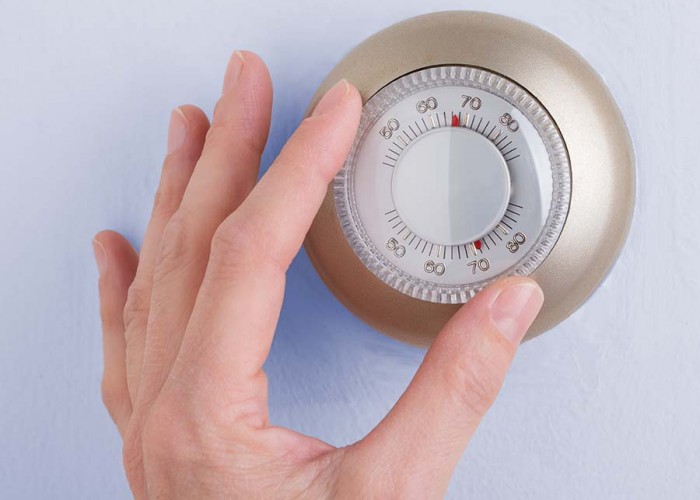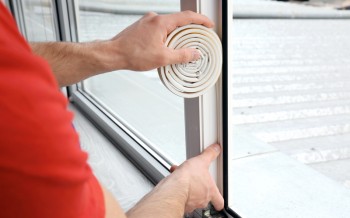Adding Moisture to the Air with Humidifiers
Whole-home and room humidifiers can improve indoor comfort
By Hannah McKenzie
Q: The air inside my house is uncomfortably dry in the winter. I am considering adding humidifiers to improve my comfort, but there are so many options. Which humidifier is best? Are there other ways to increase the relative humidity in my home?
A: The number of whole-home and room humidifiers to choose from is absolutely dizzying. While they can enhance comfort in a dry home, locating and resolving the source of dry air is a stronger solution. In addition to likely improving comfort, it will save you money and reduce the need for buying and maintaining another machine.
Air leaks allow warm humid air to escape the home and pull in drier cold air from the outside. This can happen through cracks or holes in your floors or ceilings, drafty windows, leaky HVAC ductwork and an unbalanced heating system, among other possibilities. Simply replacing a clogged air return filter or keeping interior doors open will sometimes ensure less outside air is sucked into your home. Whether you want to do it yourself or hire a home energy professional, checklists and guides are available at energystar.gov.
Adding humidity should be done with caution. While dry air can make our throats or noses feel parched and wreak havoc on our skin, too much moisture in the air can cause a microorganism-growing frenzy, which can start or worsen a variety of respiratory health issues.
Once your home has as few air leaks as possible and a way to monitor relative humidity (RH), it is time to consider whole-home or room humidifiers. All humidifiers need routine care to reduce the growth of microorganisms:
- Regularly check on the humidifier for proper and clean operation.
- Use water with low mineral content, such as filtered or distilled.
- Clean the tank and parts regularly with products approved by the manufacturer.
- Quickly clean up any spills or leaks from the humidifier.
- Keep indoor RH between 30 and 50 percent by using a humidifier with a built-in humidistat that automatically limits the humidity to your RH setting. Alternatively, purchase a hygrometer or portable weather station at a local hardware store to monitor RH.
The two general types of humidifiers are warm mist and cool mist.
Warm mist models work by heating water and releasing water vapor. Although the water vapor is warm, these models still have heating elements, so be cautious with them around children.
Cool mist models (evaporative, ultrasonic and impeller) generate water vapor using a combination of movement and fans.
Consider the following when comparing models:
- Ease of cleaning. Some of us can barely keep up with dishes, so do yourself a favor and make sure cleaning the humidifier is a doable chore.
- Ease of use. Do the buttons make sense? Will the tank fit under your faucet?
- Humidistat. Units with humidistats typically cost more but will save you the headache of constantly babysitting the unit so that moisture doesn’t accumulate on surfaces.
Too often we find ourselves purchasing humidifiers in a desperate, coughing, feverish stupor at midnight. Get ahead of the game by talking with friends, reading customer reviews and joining websites like Consumer Reports to help you choose home improvements that meet your needs.
For an overview of the different types of whole-home and room humidifiers and how to care for them, download this humidifier factsheet from the epa and visit ahrinet.org
-
More On The House
-
Share this story:






